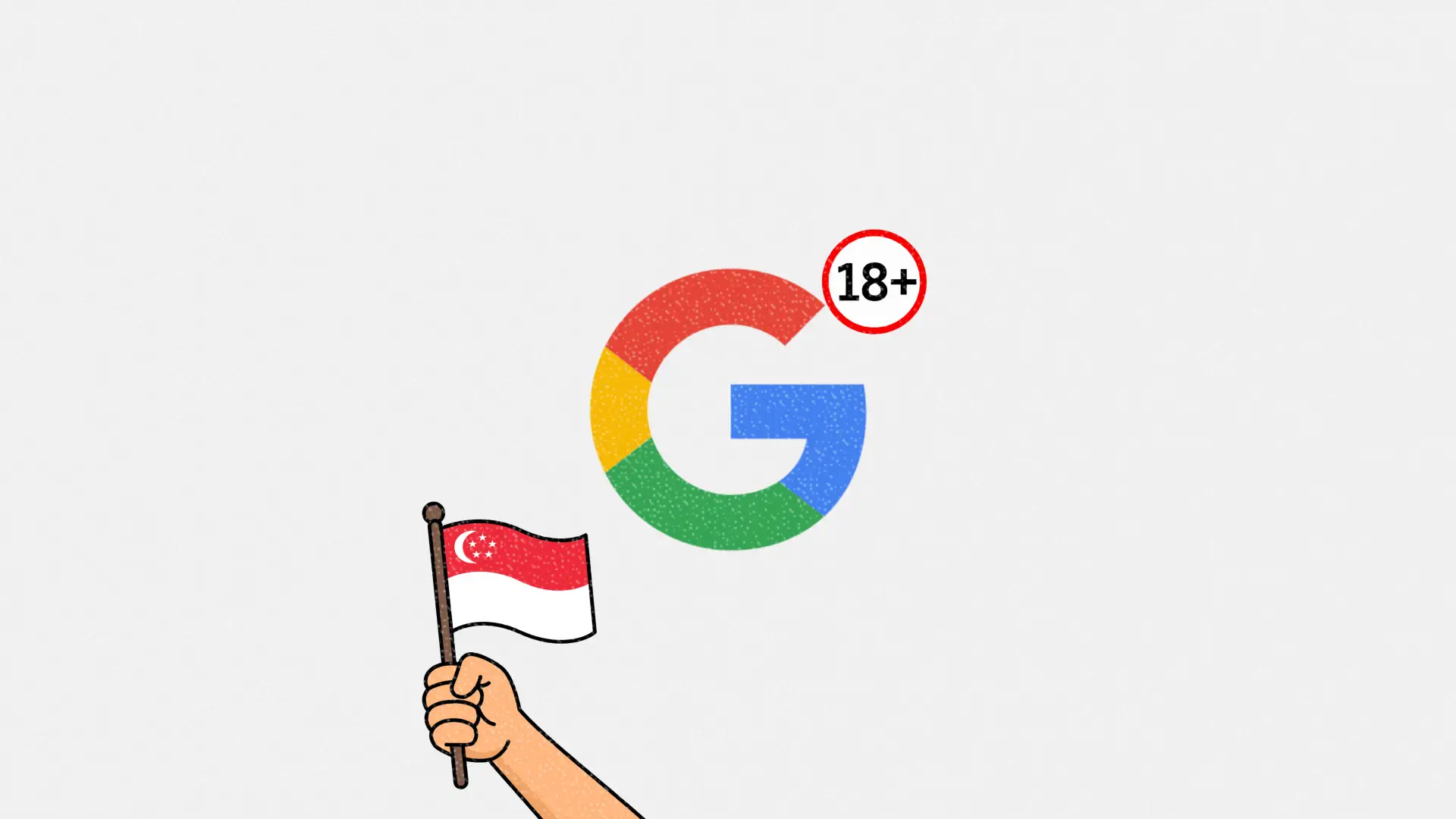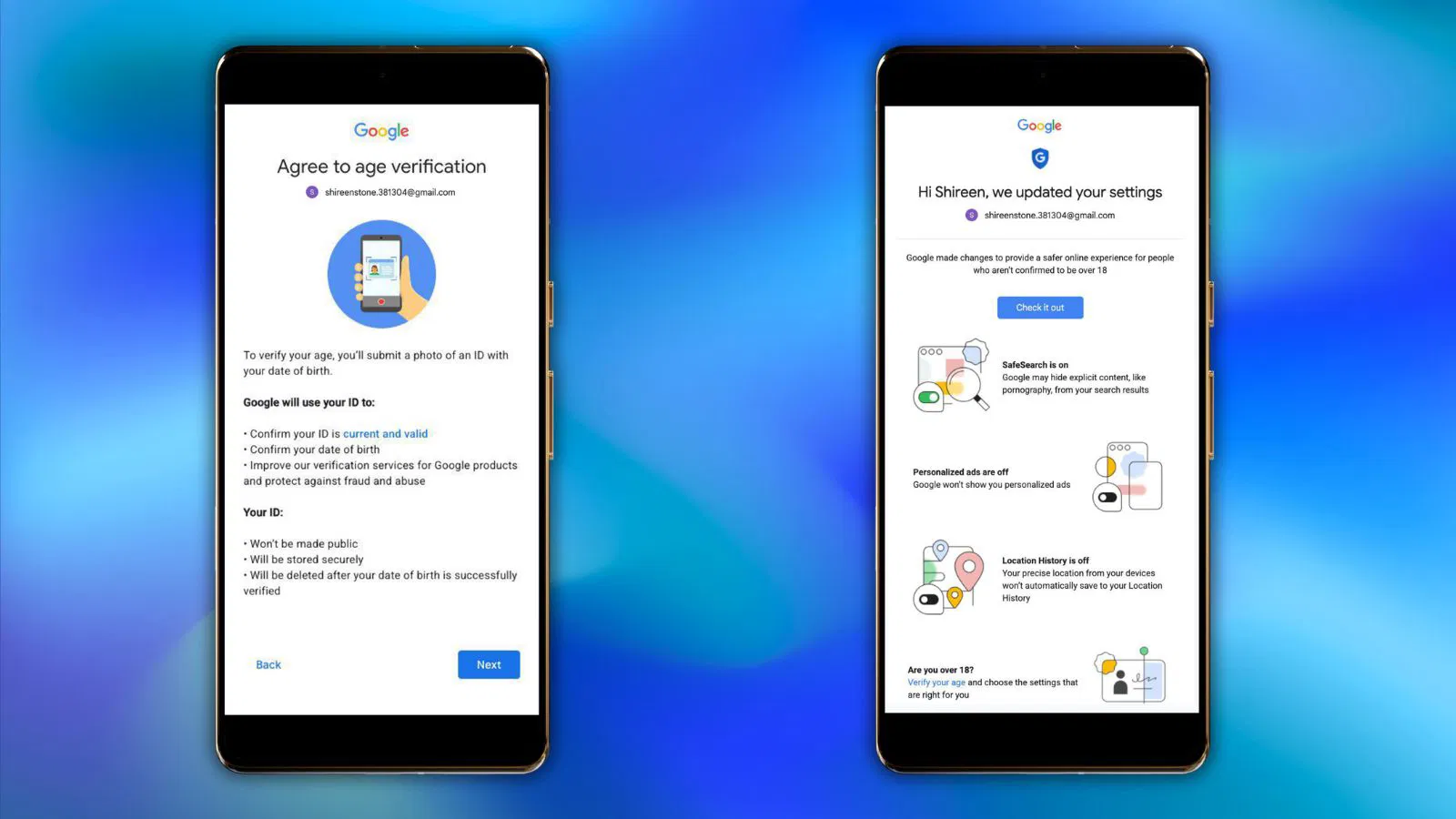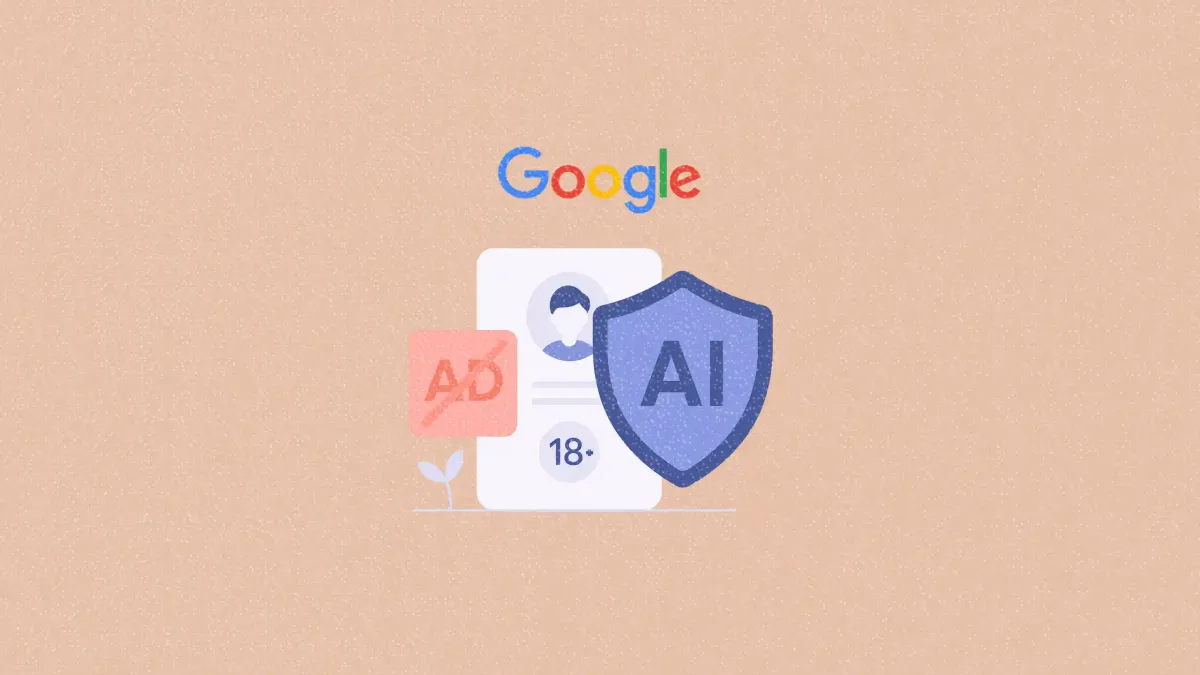Google rolls out age-based safety features in Singapore
Google plans to apply machine learning for age assurance across its products in Singapore, starting Q1 2026

Google has announced plans to implement age assurance technology across its products in Singapore starting Q1 2026. The initiative is part of a broader effort to strengthen online safety for young users.
The update, shared during Google’s Safer with Google event attended by Minister of State Rahayu Mahzam, signals a wider shift in how platforms manage age-based access and user experiences.
This article explores the policy, how it works, and what marketers should start preparing for as age-sensitive regulation picks up speed.
Short on time?
Here’s a table of contents for quick access:
- What happened and why now
- How Google’s age assurance system works
- What marketers should know
- Strategic implications

What happened and why now
Google will begin applying machine-learning-powered age assurance across its services in Singapore by the end of March 2026. The move is designed to better distinguish between minors and adults so that users under 18 can receive safer, more age-appropriate experiences across products like Search, YouTube, Maps, and Google Play.

The rollout comes as Singapore intensifies its national approach to protecting young digital users. A survey by the Ministry of Digital Development and Information (MDDI) found that parents want stronger support in managing their children’s online exposure.
Meanwhile, government officials have announced that app stores will be required to implement age verification by March 2026, with social media platforms potentially next in line.

How Google's age assurance system works
Google’s system estimates a user’s age using machine learning based on behavioral signals, such as search history or YouTube activity. If a user is estimated to be under 18, Google will automatically apply safety measures across its platforms.
These include:
- Default SafeSearch filters
- Restricted access to adult apps on Google Play
- Timeline disabled in Google Maps
- Content limits and wellbeing reminders on YouTube
Users flagged as minors will be notified about the changes and can verify their age if the classification is incorrect. Verification methods may include submitting an ID or taking a selfie.
This rollout builds on Google’s existing safety suite, including Family Link, supervised YouTube experiences, and the "Be Internet Awesome" education program.
What marketers should know
This move affects more than parental control settings. It changes how digital platforms define user experiences, which directly impacts content strategy, app design, and ad targeting. Here's how to think ahead:
1. Age-based segmentation will affect reach
With automated age detection applying stricter filters by default, content created for or often consumed by younger users may see reduced reach. Marketers need to understand how platform settings will segment their audiences going forward.
2. App features and onboarding will shift
Age-based restrictions will change how features appear and function for different users. App developers and growth teams should audit their onboarding flows and user experiences to make sure they remain relevant under these new rules.
3. Verification adds friction
If users get misclassified and are asked to verify their age, some may drop off. This could affect retention metrics and campaign performance. Brands should monitor conversion data closely once these systems roll out.
4. Youth-targeted content may require reevaluation
With new restrictions on what young users can see, brands targeting teen demographics will need to audit their messaging and creative assets. This is especially critical for categories like gaming, lifestyle, and wellness.
Strategic implications
Google’s announcement puts pressure on other platforms to implement similar protections or risk falling behind regulatory expectations. The company is positioning its age assurance tech as proactive and automatic, which reflects a growing trend: shifting responsibility from parents and users to the system itself.
As governments like Singapore advance toward regulatory enforcement, marketers must:
- Rethink audience segmentation and funnel mapping using platform-level age signals
- Adjust UX and content strategy to align with new safety standards
- Monitor evolving compliance requirements to maintain platform access and user trust
This is not a niche parental control update. It is a signal that digital age assurance is going mainstream.





